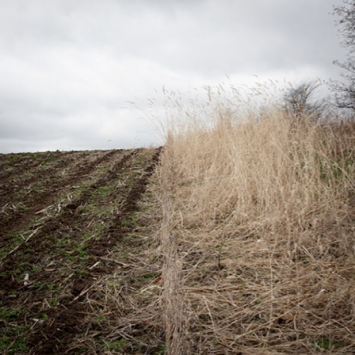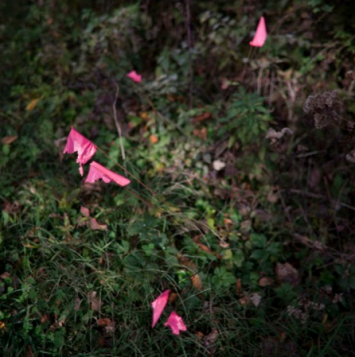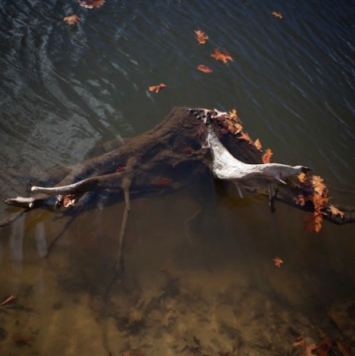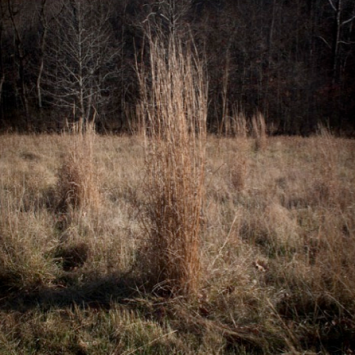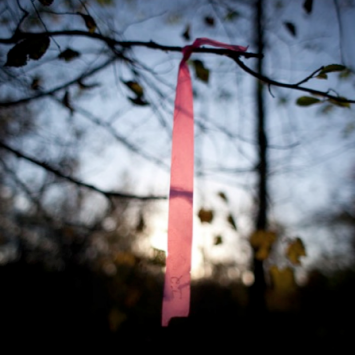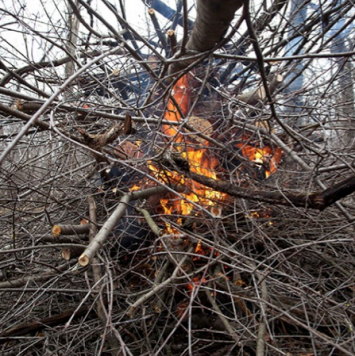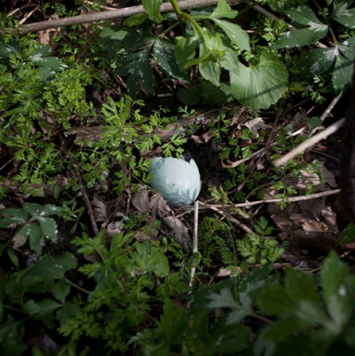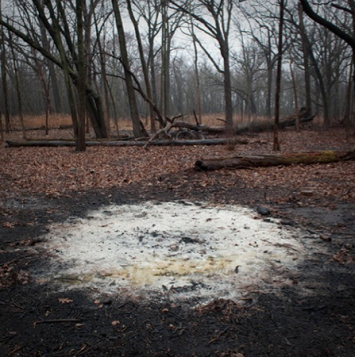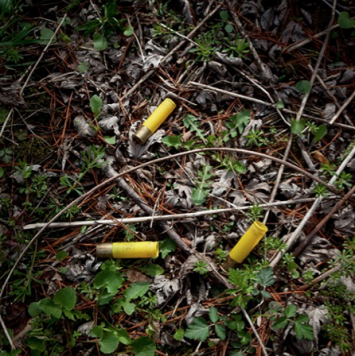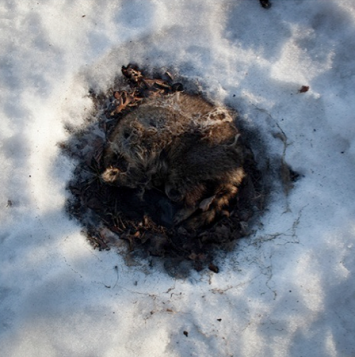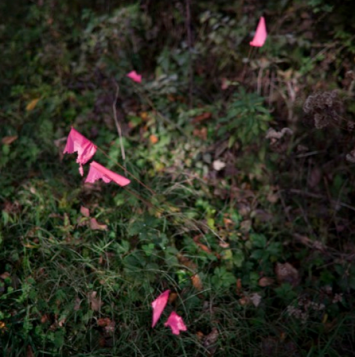 [1]Link to Deepening Our Craft February 2017 JSE TOC [2]
[1]Link to Deepening Our Craft February 2017 JSE TOC [2]
Hansen JSE Feb 2017 General Issue PDF [3]
Abstract: As native Midwestern prairie and savannah landscapes continue to be destroyed, some environmentalists are working to reconstruct the prairie and savanna ecosystems that greeted European settlers a century and a half ago. This series of photographs engages those reconstructed landscapes and considers the fundamental question of what we consider natural. As many of these sites are used for educational and scientific purposes, this series also engages how the arts can contribute to our understanding of place.
Keywords: Photography, prairie, reconstruction, nature, science, place
Artist Statement
The concepts of preservation and conservation have long dominated the dialogue in American environmental movements. While there can be no doubt of the importance of protecting wilderness areas, the question of what to do about those ecosystems that have been highly damaged, or in some cases fully destroyed, is also a vital one. This is particularly true in the case of the Midwestern prairie and savanna landscapes, ecosystems that used to span millions of square miles in the heart of North America. Now, with less than .01% of them left in many states, some environmentalists are working to reconstruct the prairie and savanna ecosystems that greeted European settlers a century and a half ago.
This series focuses on sites where efforts to restore natural environments are taking place. With the support of the Center for Prairie Studies in Iowa, local landowners in Indiana, and the Chicago Wilderness in Illinois, I am examining the ways in which we conceive of and undertake the restoration process. Central to this process is the question of where we, as humans, fit into the natural world. In each of the sites I have photographed there are distinct traces of human influence. For some, these manipulations raise troubling questions about whether or not we are simply “faking nature.”[1] [4] Others see the exchange that is taking place between restorationists and the landscape as a model for a positive, constructive relationship with the natural world. In either case, these sites raise important and difficult questions about how we understand, influence, and experience the natural world.
While in each of these sites there is clear evidence of human manipulation, there are also spaces which appear to become fully “natural.” The idea of what is “natural”, and how we construct and experience that concept in our culture, is at the core of this work. Where and how do we encounter nature? Can we truly recreate a lost landscape? At what point does nature take over in these landscapes? How does teaching in these landscapes inform future generation’s understanding of what is natural? While I do not have definite answers to these questions, through this work I hope to contribute to the debate that surrounds this increasingly important practice of landscape restoration.
[1] [5] Elliot, Robert. Faking Nature the Ethics of Environmental Restoration. London: Routledge, 1997. Print.
